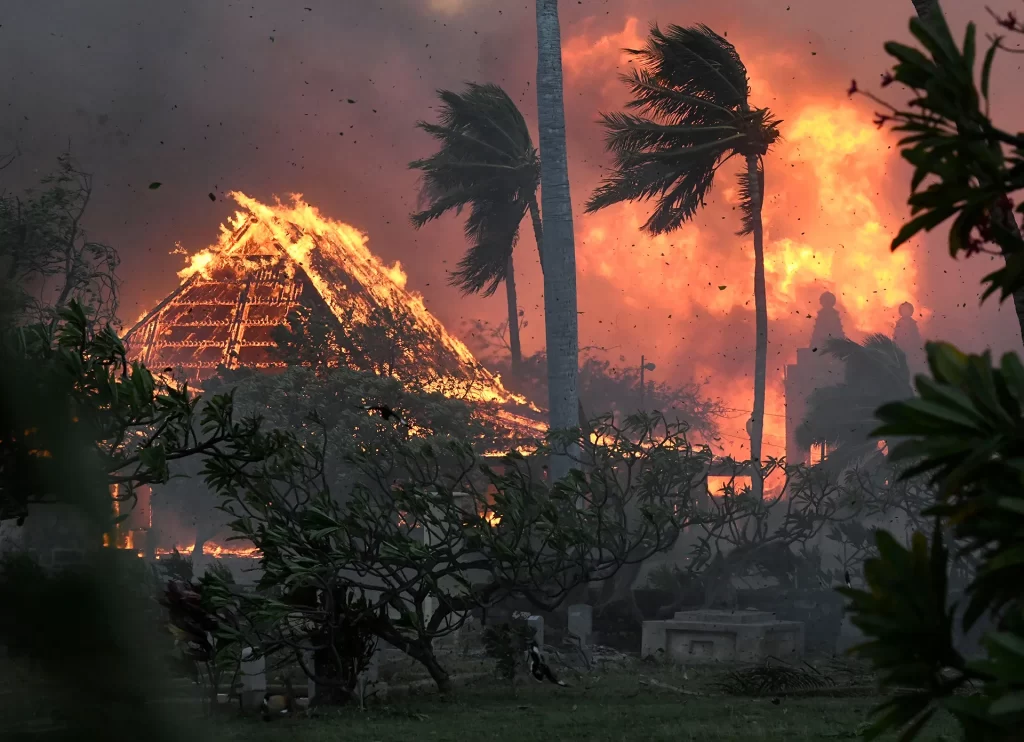The recent Lahaina wildfires are a devastating tragedy, with 115 people already confirmed dead and dozens more, ranging from seniors to children, missing. Thousands have lost all semblance of their daily lives, their homes and belongings turned to ash instantly. The fire, which started on Tuesday, August 8th, raged on for days and has only recently been fully contained. Residents described it as a scene of destruction, with the sky appearing “to rain fire.” Many who have lived in Lahaina for generations watched their town be consumed by flames, with some even jumping into the ocean to escape the inferno. There have been many questions about how this disaster was able to happen and a lot of controversy about its origin. However, the reason why the fire was able to spread so quickly was in part because of the ongoing climate crisis.
Climate change, while not the direct cause of the devastating fires, played a significant role in creating the conditions in which the fire was able to spread. The fire, which, according to the Washington Post, initially broke out as a “brush fire in the… island’s Upcountry region”, proceeded to blaze across the island, leaving hundreds of buildings burning and thousands of people trying to evacuate.
The Lahaina fires were able to spread because of two main reasons: high winds and dry vegetation. Once the fire had started, it quickly grew, buoyed by powerful winds. Furthermore, it found fuel from plants, allowing it to spread across the land. While other factors led to the wildfires, climate change exacerbated the situation.
Climate change significantly impacts changing weather patterns, contributing to the strong winds. For years, weather patterns such as hurricanes have been intensified by the climate crisis. These deadlier weather conditions can impact other climate conditions, creating a dangerous ripple effect. In the case of Lahaina, Hurricane Dora, which passed Hawaii only a few weeks ago, amplified the existing pressure difference on the island. This resulted in stronger winds, which allowed the fire to travel hundreds of feet in minutes.
Furthermore, the increase in global temperatures due to human-inflicted climate change has increased the severity of flash droughts. A flash drought is an extreme drought where the heat and aridity of the climate sucks moisture out of the land. This leaves vegetation dry and vulnerable, and even the slightest spark could cause an explosion of flames. Jason Otkin, an atmospheric scientist at the University of Wisconsin, stated that “the most destructive fires usually occur during [a state of] drought.” In the past few weeks, “about 83% of the island [was] either abnormally dry or in moderate or severe drought,” meaning that it created the perfect environment for the fire to spread (AP News).
Even though many factors played a role in the fire, climate change had a significant effect. Even though we have been aware of the consequences of climate change for years, nothing has been done to prevent it. The fallout resulting from this catastrophe could have been minimized, yet here we are. The fact remains that climate change will continue to create the potential for more deadly, intense natural disasters unless we take action to counteract its effects.
